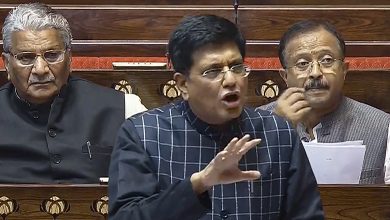The Green Gold: Making India Atmanirbhar!
Ecofriendly bamboo washbasins of Meghalaya or softest fabrics made from bamboo, the bamboo industry is on a path to make India self-reliant in numerous ways. According to the Ministry of Environment, Forests, and Climate Change, India has the potential to become a significant player in international bamboo export. Prime Minister Narendra Modi has time and again also stressed its importance in making India Atmanirbhar.
Bamboos in India
From traditional uses like making furniture and construction works, bamboo is now being replaced as a more sustainable option. From bamboo water bottles, toothbrushes, bags, clothes, cutlery items, to being used as food items and more, the growth of bamboo is inevitable.
These fast-growing plants can be harvested in about three years and have carbon-absorbing properties. It is also known for conserving water and reducing evaporation of water from the land surface, which is an important feature in arid and drought-prone regions. India thus has an advantage.
India is the world’s second-largest cultivator of Bamboo after China, with 136 species and 23 genera spread over 13.96 million hectares. India has abundant resources and species diversity of Bamboo. More than 50% of the bamboo species occur in Eastern India – Arunachal Pradesh, Assam, Manipur, Meghalaya, Mizoram, Nagaland, Sikkim, Tripura, and West Bengal. Andamans, the Bastar region of Madhya Pradesh, and the Western Ghats are other areas rich in bamboos in our country.
Bamboo has various benefits to offer – can be used to control pollution by making use of bamboo charcoal, protects against harmful ultraviolet rays, reduces up to 35% carbon dioxide in the climate, delivers more oxygen, prevents erosion, and more.
How is it making India Atmanirbhar?
The Central Government is continuously working to uplift and improve the bamboo sector in India. For attaining this, it launched several schemes and initiatives like BOLD, National Bamboo Mission, and more, which are helping in employment generation, and overall development of the people related to it.
According to the Union Ministry of Agriculture and Farmer Welfare, India’s annual bamboo production is estimated at 3.23 million tonnes. Termed as the “Green Gold”, the sector has been fueling several other industries too, namely, the agarbatti industry, textiles, handicrafts, agriculture sector, etc. Further, the textile industry is yet to fully explore the prospects of bamboos.
Bamboos can be used for multiple economic activities such as for construction purposes, thus saving locals the cost of timber, bricks, and steel. Further, it provides livelihood opportunities for locals and tribal men and women in form of handicrafts, making bamboo furniture, culinary items, paper, bags, handbags, textile, household items, to name a few.
This wonder crop has the potential to double farmers’ incomes, fuel small industries, act alternative to coal, and more. Its role in social, cultural, and economic development cannot be over stressed.








